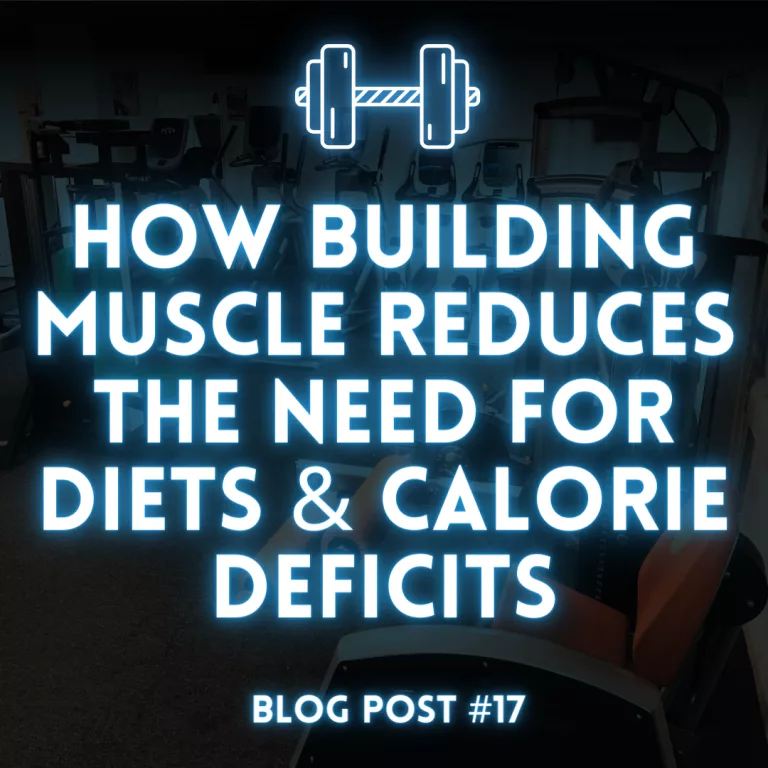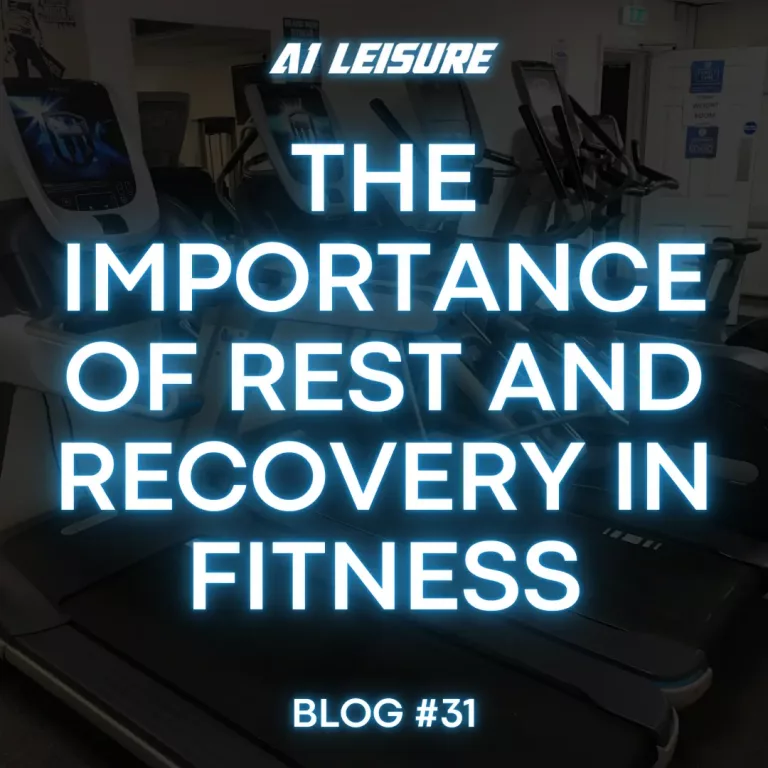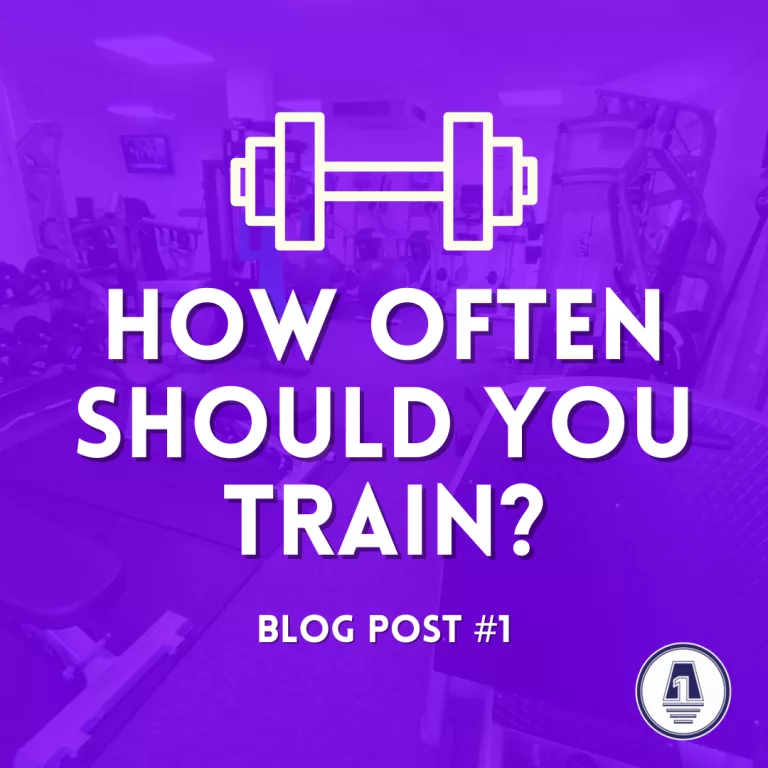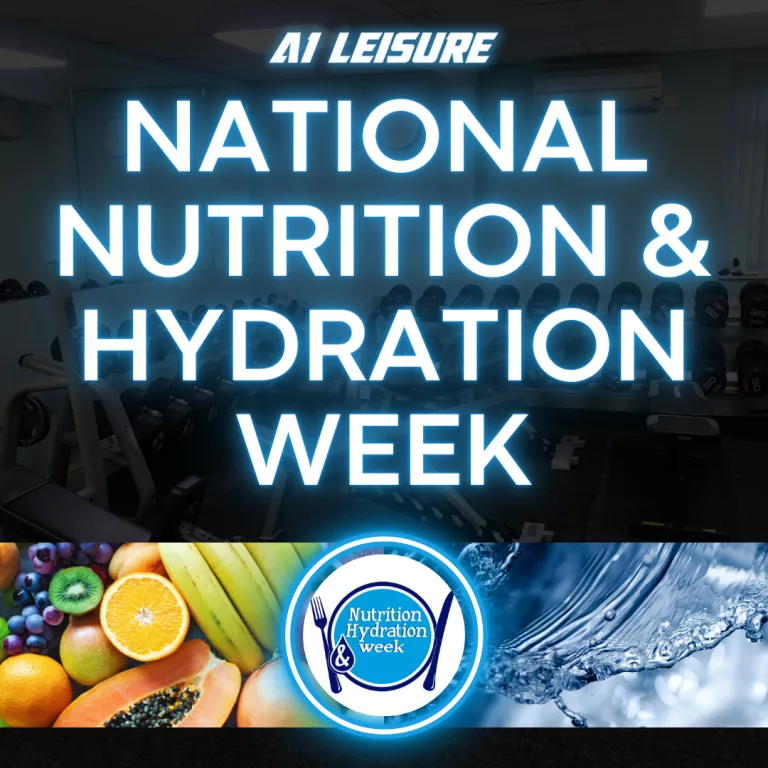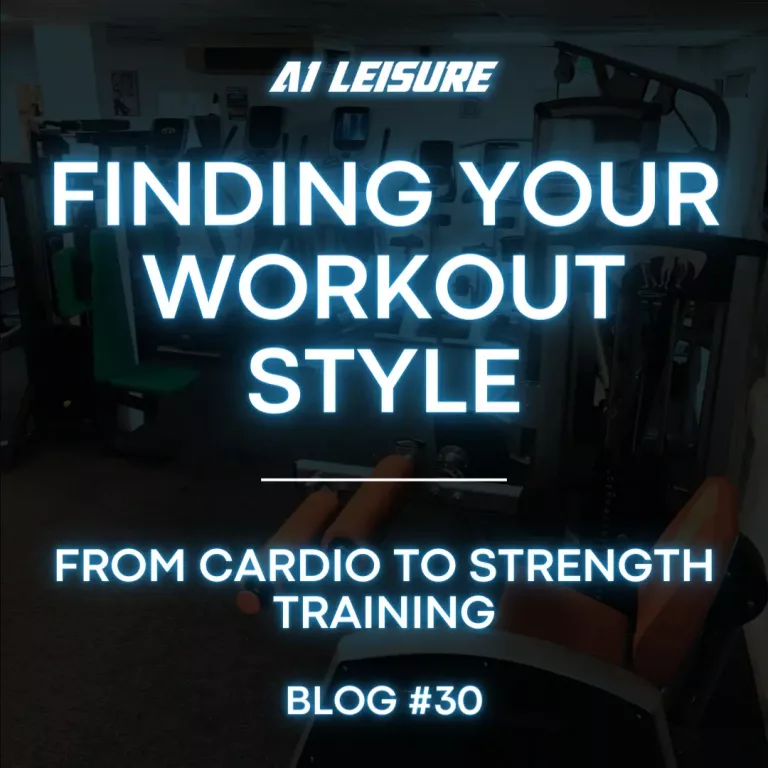In the world of fitness, misinformation can spread like wildfire, leading to confusion and frustration for those trying to adopt a healthier lifestyle. It’s time to set the record straight by debunking some of the most common fitness myths. Let’s separate fact from fiction and empower you with accurate information to help you reach your fitness goals effectively.

Fitness Myth 1: Spot Reduction is possible
The Myth: You can lose fat in specific areas of your body by targeting those areas with exercises.
The Truth: Spot reduction is a persistent myth. In reality, you cannot dictate where your body will lose fat. When you exercise, your body draws energy from fat stores all over, not just from the area you’re working on. For instance, doing countless crunches won’t specifically burn belly fat. Instead, focus on a combination of cardiovascular exercise, strength training, and a healthy diet to reduce overall body fat.
Fitness Myth 2: Lifting Weights Will Make You Bulky
The Myth: Strength training will make you look like a bodybuilder.
The Truth: This myth is particularly common among women. Lifting weights does build muscle, but it doesn’t automatically make you bulky. Achieving a bodybuilder physique requires a specific and intense training regimen, along with a high-calorie diet and often, years of dedication. Strength training helps you build lean muscle, which can enhance your metabolism and give your body a toned appearance. Don’t shy away from weights – they are an essential component of a well-rounded fitness program.
Fitness Myth 3: You Have to Work Out Every Day to See Results
The Myth: Daily workouts are essential for progress.
The Truth: Rest days are crucial for your body’s recovery and growth. Overtraining can lead to fatigue, injury, and burnout. It’s important to listen to your body and allow it time to repair. A well-balanced fitness routine includes rest days, which can help prevent overuse injuries and improve performance. Aim for a mix of workouts and rest days tailored to your fitness level and goals, such as 3-5 days of exercise per week.
Fitness Myth 4: Cardio is the Only Way to Lose Weight
The Myth: Cardio is the best and only way to shed pounds.
The Truth: While cardio exercises like running and cycling are effective for burning calories and improving cardiovascular health, they are not the only way to lose weight. Strength training is equally important as it helps build muscle mass, which in turn increases your resting metabolic rate. A balanced workout regimen that includes both cardio and strength training, along with a healthy diet, is more effective for weight loss and overall fitness.
Fitness Myth 5: No Pain, No Gain
The Myth: You need to feel pain during and after workouts to see results.
The Truth: This outdated saying can do more harm than good. While some muscle soreness is normal, especially when starting a new exercise routine, pain is a signal from your body that something might be wrong. Pushing through pain can lead to injuries. It’s important to distinguish between muscle soreness and pain that indicates injury. Listen to your body, and if something hurts in a way that feels wrong, it’s best to stop and consult a professional.
Fitness Myth 6: You Can Out-Exercise a Bad Diet
The Myth: As long as you work out, you can eat whatever you want.
The Truth: Exercise is only one part of the equation when it comes to health and fitness. A balanced diet is crucial for fuelling your workouts, aiding recovery, and maintaining overall health. You cannot compensate for poor dietary choices with exercise alone. Both nutrition and physical activity play integral roles in achieving and maintaining a healthy weight and lifestyle.
Fitness Myth 7: More Sweat Equals More Fat Burn
The Myth: The more you sweat, the more fat you burn.
The Truth: Sweating is your body’s way of regulating temperature and doesn’t necessarily correlate with calorie or fat burn. Factors like humidity, temperature, and individual sweat rates can affect how much you sweat. Effective workouts don’t have to leave you drenched in sweat. Focus on the intensity and quality of your workouts rather than how much you sweat.
Fitness Myth 8: You Need Supplements to Build Muscle
The Myth: Supplements are necessary for muscle growth.
The Truth: While some supplements can be beneficial, they are not essential for building muscle. Proper nutrition, including adequate protein intake, and a well-structured strength training program are the foundation for muscle growth. Supplements should be considered as an addition to, not a replacement for, a balanced diet. Consult with a healthcare professional or a registered dietitian before adding supplements to your routine.
–
It’s easy to get caught up in the sea of fitness myths and misconceptions. By debunking these common myths, you can make informed decisions about your fitness journey. Remember, there is no one-size-fits-all approach to fitness. What works for one person may not work for another. Listen to your body, stay informed, and seek professional advice when needed. Embrace a balanced and realistic approach to achieve long-lasting health and wellness. Take a look at more fitness advice over on our blogs page.

